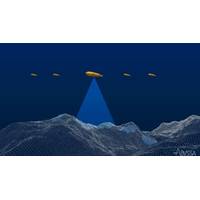
Exail, RTsys and ABYSSA Connect on Ocean Floor Mapping
. The ongoing development involves creating a solution in which a multi-sensor underwater drone capable of diving to 3,000 meters will coordinate multiple AUVs to increase the surface of the exploration area. The research program also includes the development of advanced collaborative navigation, acoustic communications, positioning, and innovative mapping capabilities. CARMA supports the French authorities' strategy to develop extensive deep-sea exploration capacities.As part of this strategy, Exail will improve the capabilities of its deep-water AUV A18-D to serve as the leading AUV to guide the swarm
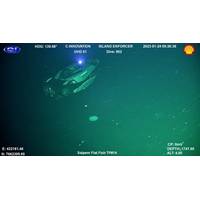
Oil and Gas Majors Start Next Phase of Pioneering OD OBN Project
and Infrastructure funding clause of the Brazilian National Agency for Petroleum, Natural Gas and Biofuels (ANP).These highly innovative nodes might lead to the next generation of geophysical monitoring systems in the offshore oil and gas industry.Using Sonardyne’s proprietary optical and acoustic communications technologies, and drawing on its extensive experience of seabed monitoring, OD OBN expects to provide a versatile, lower cost, more resilient solution for time-lapse seismic and subsidence monitoring of producing reservoirs with better data and the capacity to be placed on the ocean floor
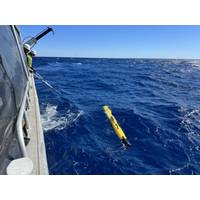
UTEC Puts Upgraded AUV on Try-Outs Offshore Australia
has finalized a significant program of upgrades and improvements of the system.These included INS/Doppler velocity log (DVL) modules (PHINS C3 and Pathfinder DVL); battery modules increasing mission endurance from six hours to 12; cNode USBL modules and nose cone enabling USBL tracking, aiding acoustic communications to the AUV and incorporating a new eight-megapixel camera in the nosecone.The control modules also received upgrades including calibration of depth and sound velocity (SV) sensors and a firmware upgrade, UTEC said.The most significant upgrade, however, is the addition of the module that
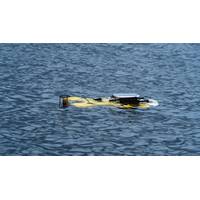
Greensea IQ Demos Autonomous Explosive Ordnance Disposal Mission
the coast of San Diego, featuring a fully integrated OPENSEA Edge-driven untethered ROV, a VideoRay MSS Defender modified by Greensea IQ to include batteries and an acoustic modem. During the demo, real world tasks were demonstrated by autonomously searching the environment for threats utilizing acoustic communications.This demonstration highlighted the autonomy system for EOD Workspace, Greensea IQ's robot agnostic software platform for Mine Countermeasure (MCM) and Explosive Ordnance Disposal (EOD) operations. It also showcased Safe C2, Greensea IQ's communication platform for long-range standoff
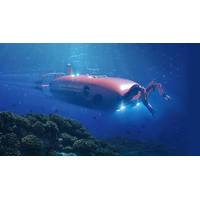
Nauticus Robotics Secures $20M Loan Deal with Key Stakeholders
contact inspections across an extensive subsea complex. The project features Nauticus’ first-to-market method of autonomous subsea manipulation on live subsea assets in water depths exceeding 1000m. A remote pilot will collaborate with Aquanaut during the operation through Nauticus’ acoustic communications link to ensure safe operations. The project also features what Shell has termed “a force multiplier” solution with multiple scopes of work to be executed simultaneously from a smaller class of service vessel that would not normally engage in IMR services. "Nauticus
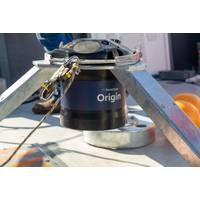
Sonardyne Partners with Smart Sound Plymouth
and science company Sonardyne has been selected to provide a subsurface communications and navigation network for the Smart Sound Connect Subsurface (SSCS) Project. Sonardyne will partner with the University of Plymouth and Plymouth Marine Laboratory to install, operate and manage an underwater acoustic communications and navigation network that will link to the existing surface assets.Located in the city of Plymouth and the waters in and around Plymouth Sound, SSCS builds on the existing Smart Sound Plymouth infrastructure that underpins the National Centre for Coastal Autonomy. The £1.2 million
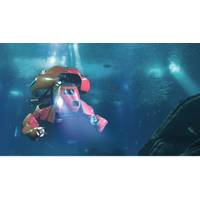
Subsea Robotics: Aquanauts, Hydronauts, Roll Out
.Artist rendering of the Hydronaut. Image courtesy NauticusHydronaut under construction. Image courtesy NauticusThe Hydronauts will have a Guardian Autonomy package from Marine AI, in Plymouth, UK, a launch and recovery system from Kongsberg and through-hull deployment for transducers and other acoustic communications systems. It will be initially flagged to MCA Workboat Code and optionally uncrewed, because “we don't want to be limited by any regulations,” says Radford (an approach others are also taking with many countries having different regulations), “so it has accommodation
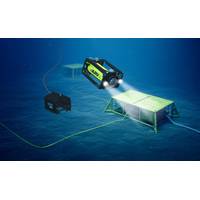
ARV-i: New Subsea Resident Vehicle Set to Launch
in small spaces, while the eight-thruster design offers advanced stability and manoeuvrability. ARV-i delivers unparalleled observation quality in the underwater environment with up to six machine vision cameras, a 4K navigation camera and 17,000 lumens of lighting.High-speed optical and acoustic communications enable remote control of the vehicle. A manual piloting mode using live video or a digital environment twin is available for the ARV-i if onshore staff require direct control. Additionally, 4K video stored on the vehicle facilitates 3D modeling capability.The ARV-i is an untethered solution
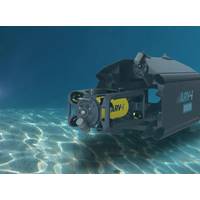
Tech File: A Resident Eyeball ROV
the power-to-weight ratio and enabling extended excursion time and range. The ARV-I can carry a range of sensors to monitor underwater assets and assist in navigation.ARV-i can also be manually piloted using live video or via a digital twin of the environment, enabled by high-speed optical and acoustic communications between the dock and the vehicle. Piloting of the ROV away from and back to its offshore dock may be performed from distant, land-based locations.Marcel Bras of Transmark Subsea, says applications include offshore industries that require underwater observation and inspection, including energy


 February 2025
February 2025





